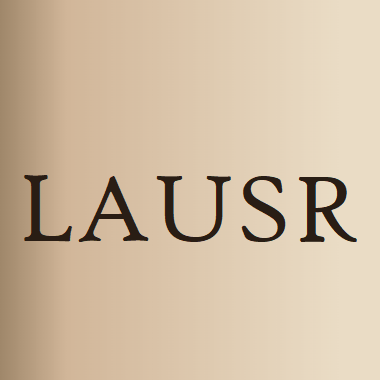
Natural convection between a cold square porous enclosure and a hot corrugated cylinder is studied numerically in the current article. The enclosure is filled with a water-base nanofluids suspending metal… Click to show full abstract
Natural convection between a cold square porous enclosure and a hot corrugated cylinder is studied numerically in the current article. The enclosure is filled with a water-base nanofluids suspending metal nanoparticles and the porous layer is modelled applying the Brinkman-Forchheimer law. The finite element method has been utilised to solve the governing equations. Analysis in this studies are: the amplitude of corrugated surface, the number of corrugated surface and the concentration are considered. It is found that the heat transfer of the corrugated cylinder might be slightly better than the heat transfer of the smooth cylinder under specific circumstances, but in general, the heat transfer is reduced by applying the corrugated surface. The heat transfer enhances up to 10 % by increasing nanoparticle concentration. The heat transfer rate does not increase linearly by increasing the concentration, but it is proportional to the square root of the concentration.
Journal Title: Advances in Mechanical Engineering
Year Published: 2020
Link to full text (if available)
Share on Social Media: Sign Up to like & get
recommendations!